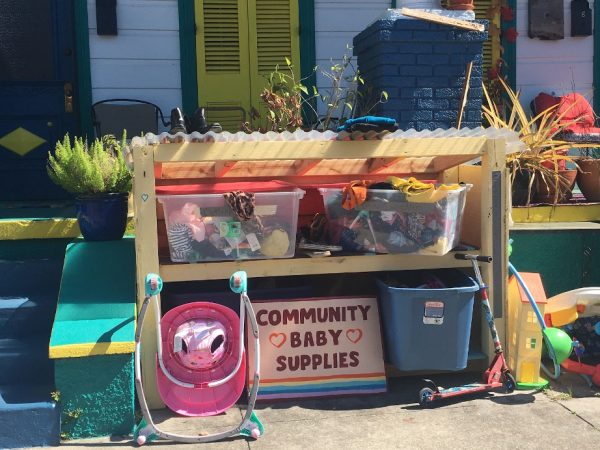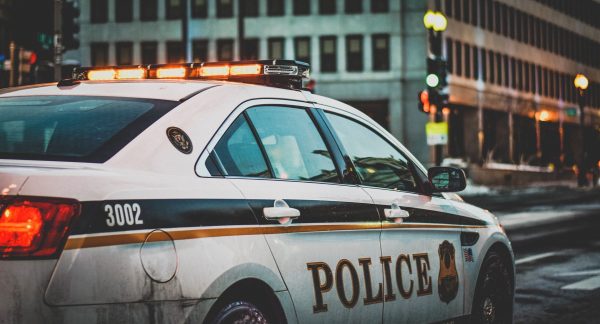
First-generation college students, or students whose parents did not receive a bachelor’s degree, make up a large portion of the student population. About a third of all undergraduate students are first-generation. Here at the University of Minnesota, first-gen students make up a quarter of our undergrad student body. First-gen students face a unique set of challenges as they enter college, including more academic and financial challenges than their peers. Surprisingly, despite their exposure to more stressors, new evidence shows that they do not experience more depressive symptoms.
Tabitha Wilbur used data from the The National Longitudinal Study of Adolescent to Adult Health (Add Health) to examine differences between first-generation and continuing-generation students’ exposure to stressors and depressive symptoms. Wilbur looks at the relationship between stress and depressive symptoms both before and after students enter college.
Before college, first-generation students are more likely to be exposed to stressors like financial strain, unmet needs, or unsafe neighborhoods. They are also more likely to exhibit depressive symptoms. During college, first-generation students are also more likely to experience stressors such as student loan debt or housing insecurity. Despite this increased stress, however, during college first-generation students do not exhibit more depressive symptoms than their peers.
Wilbur suggests that first-generation students’ relatively low depressive symptoms, compared to their stress exposure, may result from the assets they bring to college. As a result of earlier stress exposure, these students may have developed resilience that prepares them to handle college stressors. They also might feel more hopeful or grateful about the opportunities that college provides, compared to peers whose parents have a bachelor’s degree.
First-generation students are an important part of the student body at colleges and universities across the country. As faculty, administrators, and peers seek to better support first-generation students, Wilbur’s research is an important reminder to attend to their strengths and the positive contributions that first-generation students are making to college communities.









